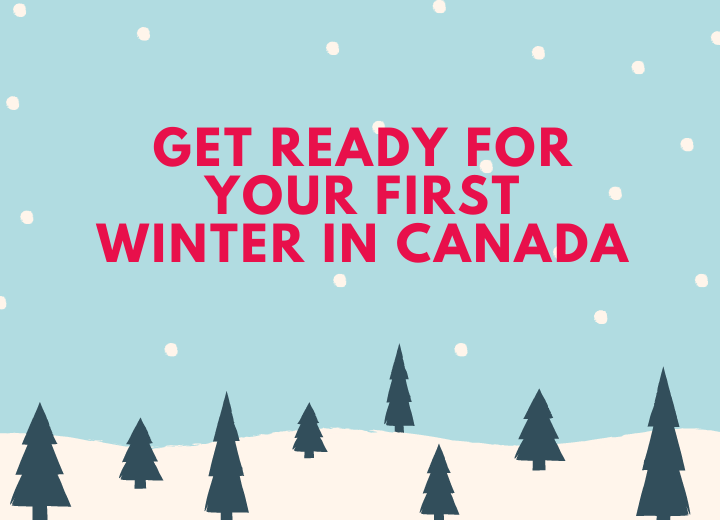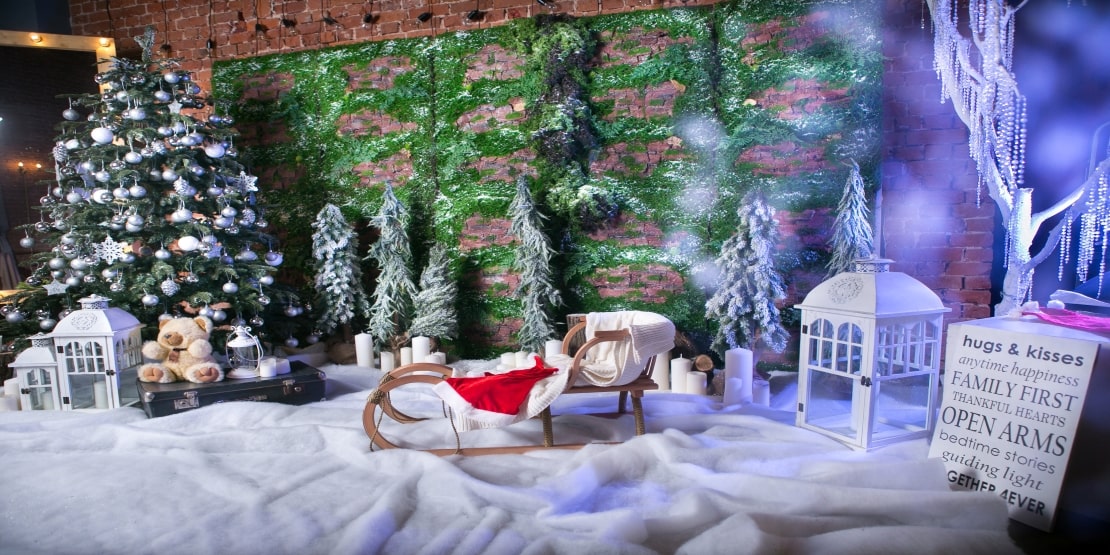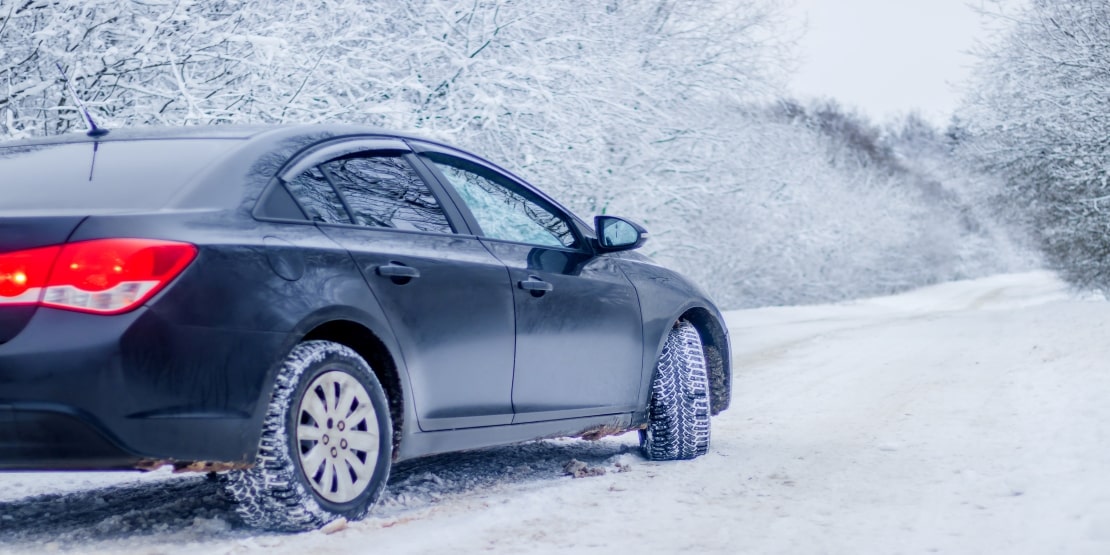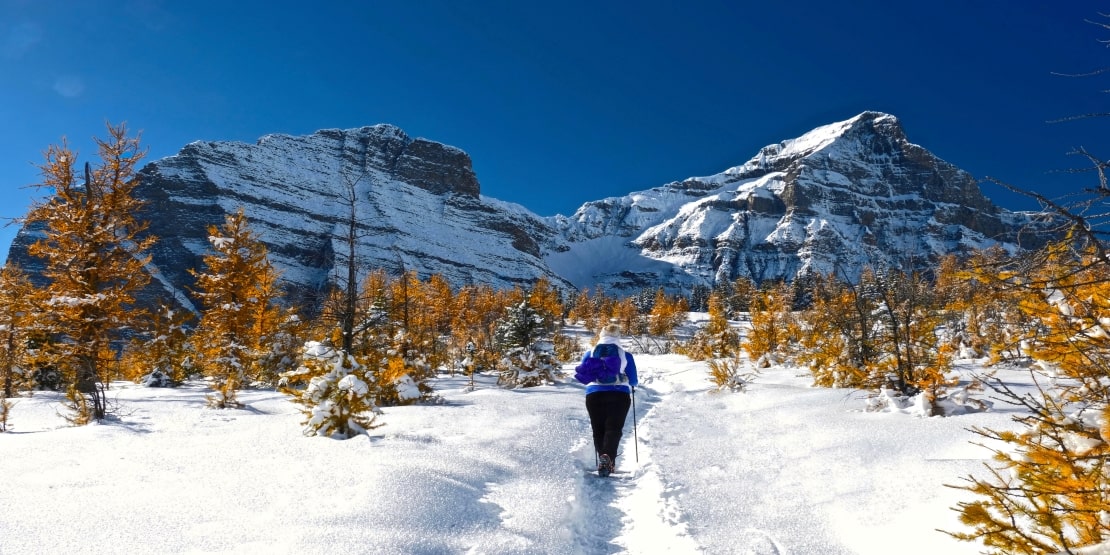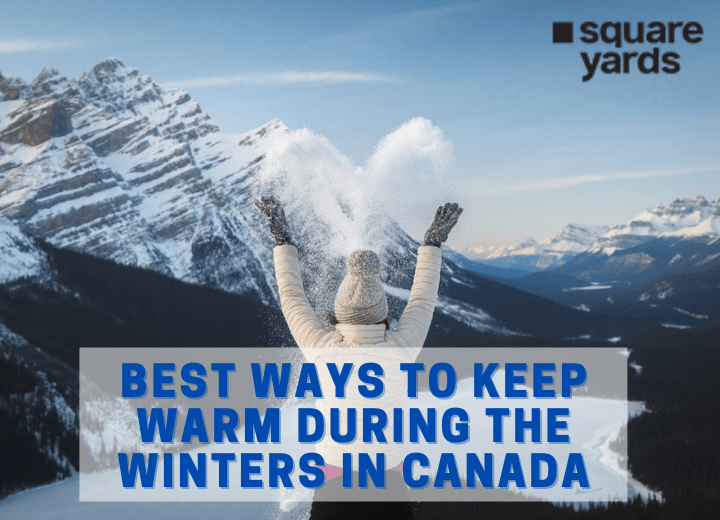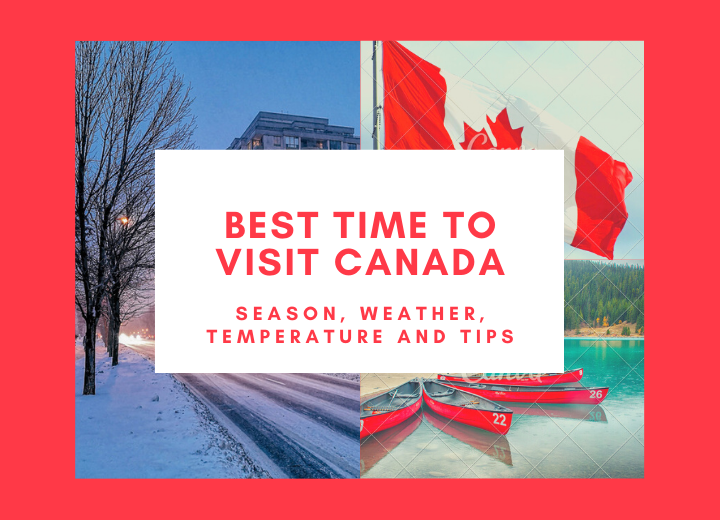Winter in Canada might come as a shock for several outsiders and international students. The sun sets early in the winter season of Canada, the cold is biting, and snow gets great or awful depending upon the temperature of the day. Therefore, it is good to take Canadian winters as another life challenge to avoid losing it in the end. Well, it is your first winter in Canada, then taking precautionary measures is the best choice you could ever make.
Yes, winter months in Canada get harsh at times, but as long as you are all set to face it.
Fret not! We’ve got your back.
In this article, we will provide some helpful tips and guidance on how to survive your first Canadian winter. Keep scrolling!
Choose the Warm Location
Canada is the second-largest nation in the world, no wonder it undergoes different seasons of weather throughout the year. The west coast, towards the cities such as Vancouver, Surrey, Victoria along the Pacific Ocean, is warmer than the rest of the cities in Canada. Winters in these cities are not as extreme as the rest of Canada.
On the other hand, the Eastern Coast, including places like St. John’s, Halifax, and Moncton, possess moderate to extreme temperatures because of the gusting winds.
And areas in the mid-region, just as Ottawa, Montreal, Toronto, Winnipeg, Calgary, etc., experience extreme cold.
Get Your Car Winter-Ready
Canadian winters may get rough on the roads. If you are going to drive a car or any vehicle regularly, we can’t tell how important it is to get a good set of winter tires for your vehicle.
In fact, getting winter tires is compulsory in Quebec from the 15th of December to the 15th of March every year. Many other Canadian provinces provide insurance and other facilities to the drivers who have installed winter tires in their vehicles.
We know winter tires are expensive, but they make driving safe and easy. It prevents several accidents which might have happened with non-winter tires. The winter tires have a tight grip which prevents the car from slipping on the melting snow. Besides switching to winter tires, you should also check the basics like tire pressure, oil, battery, coolant, washer fluid, and wiper blades.
NOTE
- Before starting your car in extreme winters, prefer using a de-icer or ice-scraper to remove ice from the windshield instead of using windshield wipers.
- Always fold the wipers when you park your car in the open without the covering in order to prevent them from freezing. Prefer buying a home with car parking to avoid the glass and windshield from freezing in winters.
Hot Meals to Enjoy in Chilly Canadian Winters
One of the sad things about the winter months is, eating outdoors gets difficult. Luckily this is the time when you can try out your cooking skills.
Winters are the best excuse to prepare food at home and try a piping cup of hot chocolate or a warm soup. However, here is some cosy Canadian food you can try out in the winter season.
- Smoked meat sandwich
- Poutine
- Perogies
- Apple Pie
- Bannock
- Split Pea Soup
- Peameal Bacon Sandwich
- Japadog
Clothing to Survive Winters in Canada
Of course, making a fashion statement with less clothes is in trend, but don’t forget it is winter and staying warm should be your only priority. Thus, it is good to prefer quality over style to beat Canadian winters.
You are required to buy a water-resistant coat to cope up with minus winter temperatures. It is recommended to invest in snow-proof boots to prevent slipping in melting snow. Buy warm gloves, jackets, and scarves to cover your entire body. Apart from this, you must also invest in an emergency blanket, hand warmers, snow pants, and woollen socks.
The other most important winter wear is to buy a pair of good quality mittens and a warm winter hat that will help you remain warm while protecting you against the chilly wind.
Never Stay Outside for too Long
It is a simple tip to survive extreme winters in Canada. Try to limit stepping out of your home, as it could be risky when temperatures drop down by -40°C.
Go for a Vacation
Go somewhere you can cherish winter and relish fresh snowfall by enjoying skiing, snowboarding, or tobogganing. Remember, these snowfall days won’t be coming back anytime soon. Take a break from the cosy corners of your house.
Tips to Keep Your House Cosy and Warm
We know how quickly winter creeps in. One moment, you are at the lake in your Bermudas, and the other moment you are in pyjamas, collecting firewood for the winters.
The holiday or New Year season also brings in the chilly weather with heavy snow that makes you want to sit at home. But what if your teeth are chattering and your feet are frozen even inside your home. Fret not, we have jotted down some quick tips to keep your house warm throughout the winters.
- Insulate the windows
- Draft-proof your doors
- Seal the keyhole
- Install Foam Strips
- Insulate the Attic: Insulating the attic improves the warmth by not letting the heat escape from the roof.
- Seal the Leaking Ducts: Inspect your duct system to find out the leak location and seal the air gap with HVAC tape. You can use a mastic sealer or paintbrush to fill it, or you can approach the professionals to seal the duct using Aeroseal.
- Reverse the direction of your ceiling fans
- Heated mattress
- Electric blankets
- Rugs on floors
- Get a smart thermostat
General Tips to Survive Winter Season in Canada
- Always dress in layers.
- Cover your entire body to avoid frostbite.
- Make sure to check the weather forecast on a regular basis, especially before heading out.
- Keep essentials like lip balms and moisturisers handy to prevent parched hands and lips.
- Eat well and sleep well.
- Stay inside your home and dress well to avoid hypothermia (it occurs when your body temperature drops below 35 degrees Celsius)
- Do regular exercise to keep your body warm.
What’s More?
Perhaps the most prominent addition to the winter survival list, dressing in layers and wearing warm clothes. Apart from clothing, it is also important to keep your house warm and cosy following the given tips. Not just the clothing and house is all you have to look after, but there are times that ask you to step out of your comfort zone. And that’s when you hold the steering once again, so it is vital to prepare your car as per the Canadian winters.
Winter in Canada gets harsh at times, but that does not mean you cannot have fun for five to six months. Happy winters and holiday season!
FAQs
– Winter jacket or woollen coats
– Long thermal tops and bottoms
– Cardigan and sweaters
– Snow Pants/Winter pants
– Warm trousers or jeans
– Boots or snowshoes
– Warm socks
When selecting your winter clothes, always focus on light fabrics, just as thin knits, cotton, and layer a cardigan or sweater over top. You can also layer woolen socks over tights.
Winters get harsh in many parts of Canada, specifically in the extreme interiors and Prairie Provinces. These regions experience a continental climate, with daily average temperatures ranging around −15 °C, sometimes dropping below −40 °C with severe wind chills.
First of all, you need to check on the heating system of your house. Next, you must seal the hard surfaces and the exterior woods. Then check the drainage system, clean the chimney and go for firewoods as well.
You can simply keep your house warm even without a heater just by using some traditional methods. For instance, close all the window blinds, reverse the direction of your ceiling fan, put draft stoppers on the doors of your house, invest in good quality blankets and curtains, and cover the flooring of your house with warm rugs.
Generally, December, January, and February are the peak winter months in Canada. However, mild winter weather starts in November and lasts through March end or early April. In a nutshell, five to six months of chilly weather.

